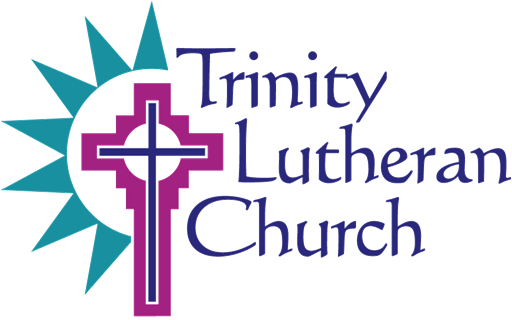Music for Lent

Shawnee Midweek Worship:
Holden Evening Prayer
by Pr. Phil Cook
The Shawnee campus will again use the Holden Evening Prayer, as has become our tradition. The Holden Evening Prayer follows the liturgy of historic Evening Prayer, set in a beautiful musical form and using modern language.
Holden Evening Prayer is a much-beloved, simple service that follows traditional form while using contemporary and inclusive language. It was written by Marty Haugen in 1985-86 during a musical residency at Holden Village in Chelan, Washington. Over the years, the service has been adopted around the world and continues to be used weekly at Holden Village where it is lovingly known as Vespers ’86.

Bach’s Orgelbüchlein
by Lara West
The Orgelbüchlein (Little Organ Book) by German composer Johann Sebastian Bach (1685-1750) is sometimes aptly called The Liturgical Year. This collection of shorter organ chorales, written around 1714, is organized according to the church year. Headings include “Advent and Christmas,” “New Year,” “Song of Simeon,” “Passion,” “Easter and Ascension,” “Pentecost,” and “General.” Although the 46 chorales are impressive on their own, Bach’s manuscript reveals that he planned to write a total of 165 settings. The 119 incomplete pages are each blank except for a title at the top of the page. Bach’s title page dedicates this collection “To the glory of God and the edification of my neighbor.”
During this Lenten season, I plan to explore the Passion section of the Orgelbüchlein. Of these seven chorales, only two tunes are still in our hymnal: “O Lamm Gottes, unschuldig” (“Lamb of God, Pure and Holy,” LSB 434) and “Christe, du Lamm Gottes,” (“O Christ, Thou Lamb of God,” LSB 198). However, all seven express the themes of Lent: “Christ, who makes us blessed… for us was taken at midnight;” “As Jesus hung on the cross;” “O man, lament your great sin;” “We thank you, Lord Jesus Christ, that you died for us;” and “God, my noble Creator…stand by me!” Listen for these gems of organ literature on Sundays and Wednesdays during Lent.

Choral Music for Holy Week:
Ellingboe’s Requiem
by Brett Robison
For Holy Week, the Trinity Choir will be singing traditional Lenten anthems and music that comes from Bradley Ellingboe’s Requiem. We hope to sing the entire work in the fall on All Saints weekend. Here is a brief description of what a requiem is and what makes Ellingboe’s Requiem an appropriate work for this season of the church year.
The requiem mass originates from the tenth century Roman Catholic church. The Missa pro defunctis, or “mass for the dead,” was sung on behalf of the departed on the day of burial, or the anniversary of the person’s death. The name of the requiem mass is derived from the first lines of the Introit of the mass: Requiem aeternam dona eis, Domine (Grant them eternal rest, Lord). After the Protestant Reformation of the sixteenth century, the newly formed Lutheran and Anglican denominations forbade the use of the Catholic requiem mass. This theological change ushered in the German requiem (or Protestant requiem) tradition that would take root in seventeenth century Germany. Johannes Brahms’ Ein Deutsches Requiem (A German Requiem), Op. 45 (1868), is the most famous example of this tradition. One of the primary differences between the Catholic and Protestant requiem traditions is for whom they are written: the Catholic requiem is a mass for the person who died while the Protestant/German requiem was written to comfort those who remain. Ellingboe’s Requiem pays homage to both the Catholic and Protestant requiem traditions. With the juxtaposition of texts from both the Catholic requiem mass and texts compiled by the composer, Ellingboe’s Requiem is a modern requiem that demonstrates an understanding of the requiem form, history, and tradition.
Ellingboe’s Requiem is also a musical representation of the experience of losing a loved one. The universal experience of the mourning process largely influenced the architecture, text choices, melodies, keys, and other musical choices in Requiem. The overall emotional progression in Ellingboe’s Requiem can be charted with the movement to the “nadir,” or lowest moment in the mourner’s grief, and then the rise to the “zenith,” or highest moment, representing the final stage of grief and loss: acceptance. The well-known Kubler-Ross stages of grief are denial, anger, bargaining, depression, and acceptance. In charting an emotional progression, Ellingboe includes four of the five stages in his Requiem and uses musical devices to express these stages of grief. As Christians, we experience a similar progression in Holy Week as Jesus comes into Jerusalem with the crowds shouting “Hosannas!” and proclaiming the arrive of their Savior and King. As the week progresses, Jesus is tried and then crucified. These requiem texts serve as a reminder that there is no Easter without Good Friday.

